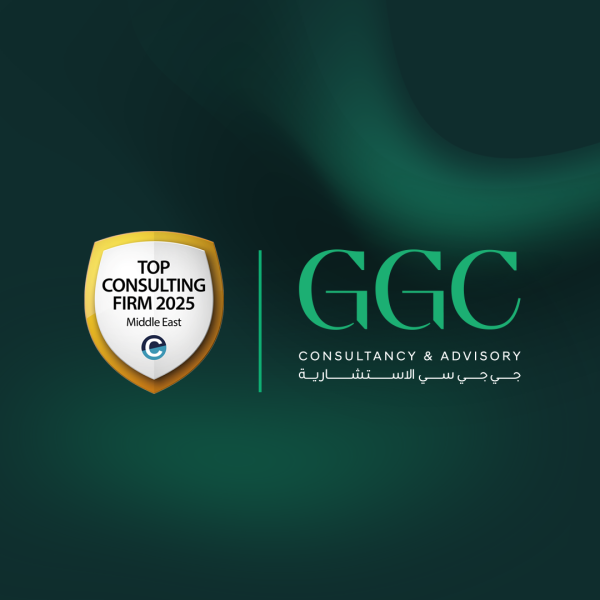The long-term success and resilience of organizations depend on their ability to fully harness the capabilities of a diverse workforce. However, two subtle yet impactful internal challenges often go unaddressed: favoritism and the exclusion of younger professionals from meaningful roles. Left unchecked, these practices undermine equity, hinder innovation, and compromise institutional effectiveness.
Manifestations and Consequences of Favoritism
Favoritism can manifest in both overt and implicit ways, and regardless of form, it undermines the principles of fairness and meritocracy.
Key issues include:
- Preferential assignment of tasks and projects, often to the same individuals.
- Disproportionate visibility and recognition, limiting exposure for others.
- Biased involvement in decision-making processes, affecting transparency.
The consequences of favoritism are far-reaching:
- Deterioration of team cohesion, employee trust, and organizational morale.
- Disengagement of high-potential talent, who may feel undervalued or overlooked.
- Declines in productivity, as motivation and collaboration weaken.
The Risks of Generational Exclusion
Young professionals offer a wealth of untapped value, including innovative thinking, digital fluency, and adaptability in dynamic environments.
However, exclusion can take several forms:
- Lack of access to strategic discussions and high-level meetings.
- Limited involvement in developmental or leadership tracks.
- Assumptions about readiness based solely on age or tenure.
The organizational cost of this exclusion includes:
- Loss of innovation potential and diverse viewpoints.
- Delayed leadership pipeline development.
- Erosion of intergenerational learning and collaboration.
Embedding Inclusion into Organizational Culture
High-performing organizations adopt inclusive practices that prioritize merit, equity, and long-term capability building.
These practices typically include:
- Merit-based leadership development, with clear and fair selection criteria
- Open communication channels across hierarchical and generational lines
- Structured professional development programs, including:
- Mentorship and coaching opportunities
- Participation of younger professionals in strategic projects
- Transparent, inclusive decision-making processes
These measures contribute to:
- Increased employee engagement and retention.
- Enhanced organizational adaptability and leadership continuity.
- A culture rooted in collaboration, equity, and performance.
Organizations that aspire to long-term sustainability and impact must proactively address internal inequities such as favoritism and generational exclusion. By cultivating inclusive leadership, applying fair development criteria, and empowering emerging talent, organizations strengthen their capacity to innovate, lead, and support national transformation agendas. Inclusion is not merely a moral imperative, but a strategic enabler for institutional resilience and future readiness.







